Order Bella Mangusta directly from the publisher: XLIBRIS or from internet sellers. For more information about Belle Mangusta, visit Dick Ruzzin’s website: BellaMangustadesign.com.
Bella Mangusta—
The Italian Art and Design of the De Tomaso Mangusta
by Dick Ruzzin. Book review by Gary Smith
Dick Ruzzin is not a stranger to Dean’s Garage readers. He is represented by two featured posts, The Story Behind Dick Ruzzin’s Mangusta, and The 1979 Opel Bitter Story.
His book, Bella Mangusta, chronicles the unique beginning of his particular car, the only Mangusta with a factory installed Chevrolet engine ordered by none other than Bill Mitchell. During his over 40 years of being the car’s passionate caretaker, he has corrected a number of engineering deficiencies to make his car reliable and more road worthy.
Dick spent his career as a designer for GM, with many years as the studio head of several production studios. Bella Mangusta contains an extremely thorough analysis of Giorgetto Giugiaro’s design masterpiece.
Be sure to go to Dean’s Garage post The Story Behind Dick Ruzzin’s Mangusta for an interview with Dick Ruzzin and more about his Mangusta.
Karl Ludvigsen’s review of Bella Mangusta
Reading about Dick Ruzzin’s Mangusta reminds me of two of the most unforgettable characters I ever met. They are, of course, Alejandro de Tomaso and William L. Mitchell.
Once known as Europe’s most profligate creator of exotic sports and racing prototypes, Argentinean emigre de Tomaso had a phase of fondness for backbone-framed cars that gave birth to the Mangusta, magnificently styled by the young Giorgetto Giugiaro. The mercurial Alejandro finally made good as a car manufacturer—with a little help from the Italian government.
A car enthusiast from his bald dome to his Bond Street shoes, Bill Mitchell arranged for GM Styling to buy the latest sports cars to help him persuade GM’s often hidebound management that more exciting cars might be good for business. His Chevy-engined Mangusta was a perfect example. Ironically its successor in de Tomaso oeuvre was the Pantera, launched by Ford like an arrow at the heart of GM.
Now Dick Ruzzin brings his own enthusiasm for great automobiles to this presentation of an esoteric example from the golden age of Italian sports cars, deeply informed on all aspects of the Mangusta as only a passionate owner can be.
—Karl Ludvigsen
For more information, visit Dick Ruzzin’s website: BellaMangustadesign.com
Order directly from the publisher: XLIBRIS
Published: July 30, 2016
Language: English
ISBN-10: 1514489163
ISBN-13: 978-1514489161
Dimensions: 8.9 x 0.5 x 11.3 inches
Hardcover: $34.99
Softcover: $24.99
EBook: $3.99

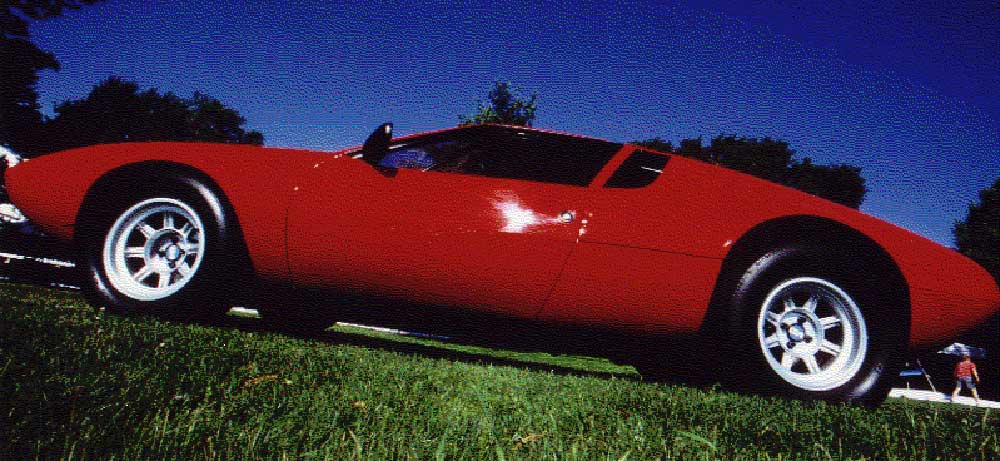
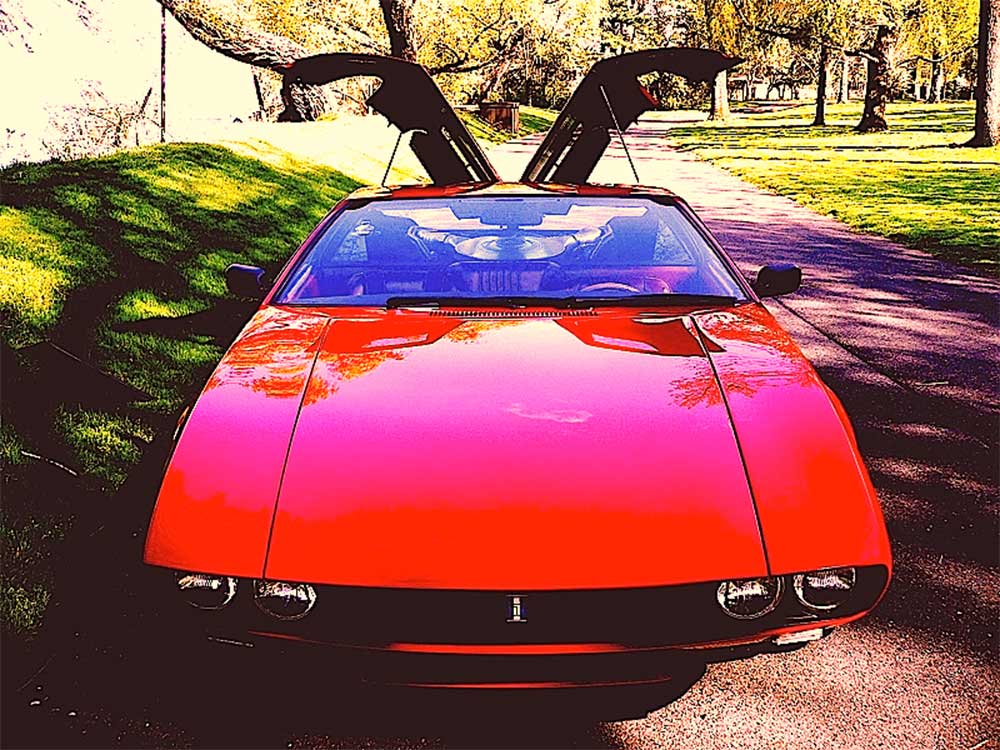
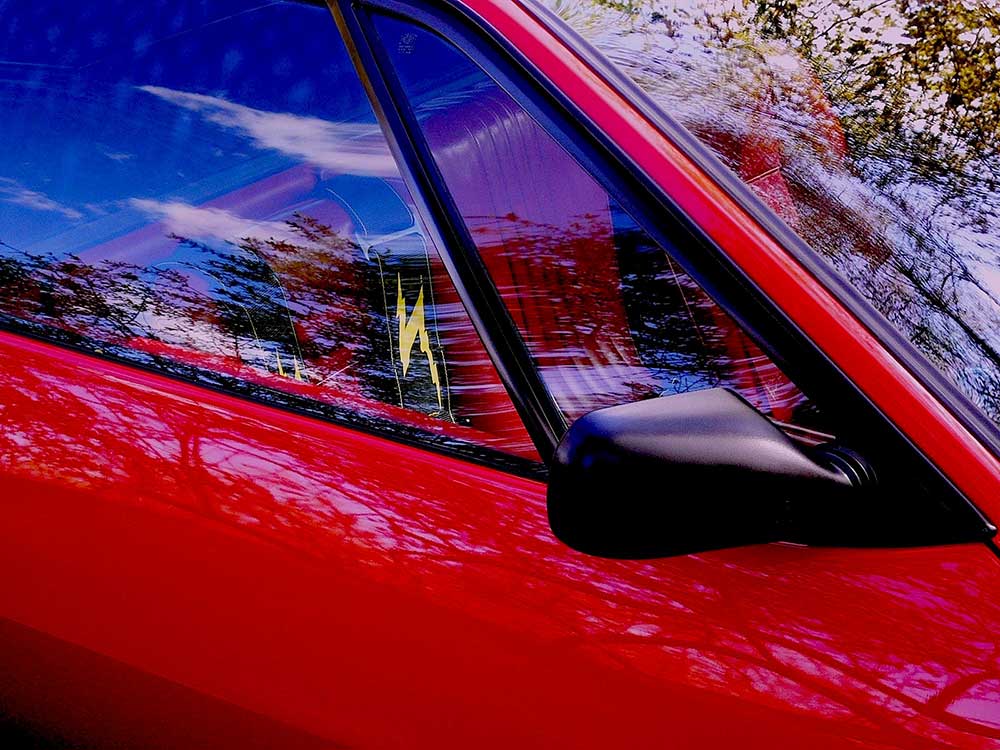
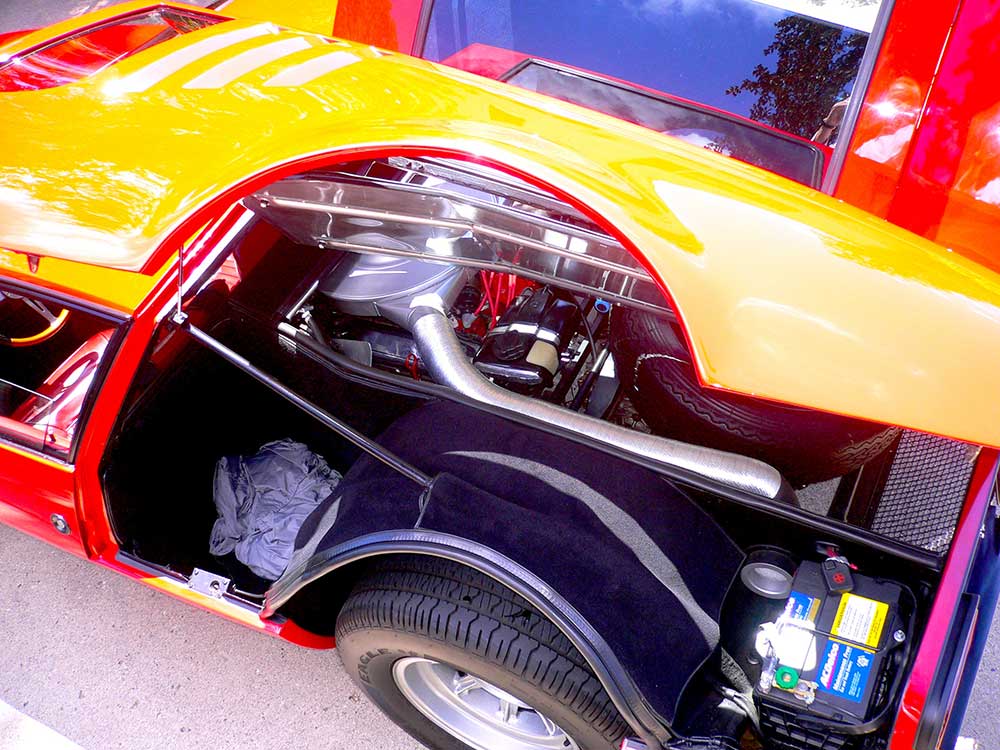
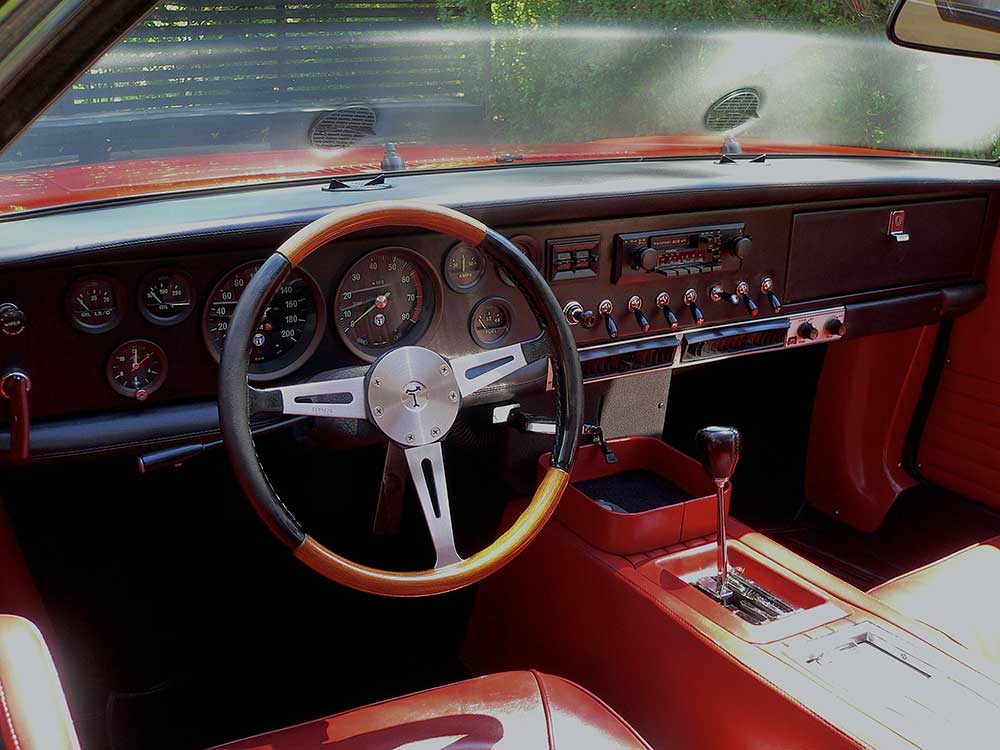
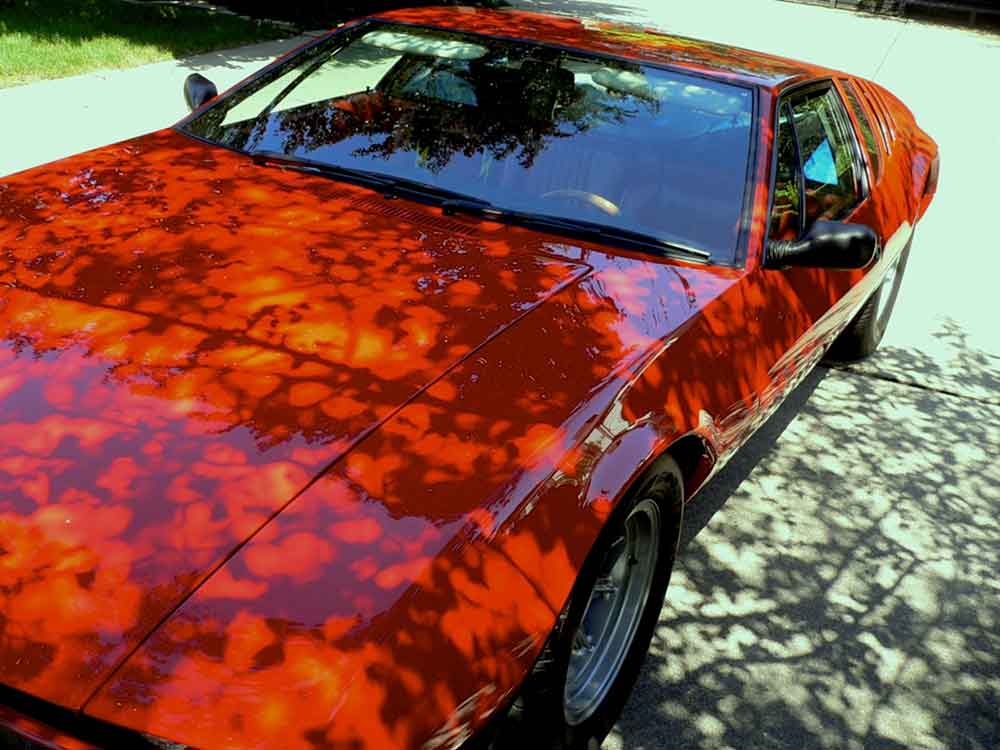
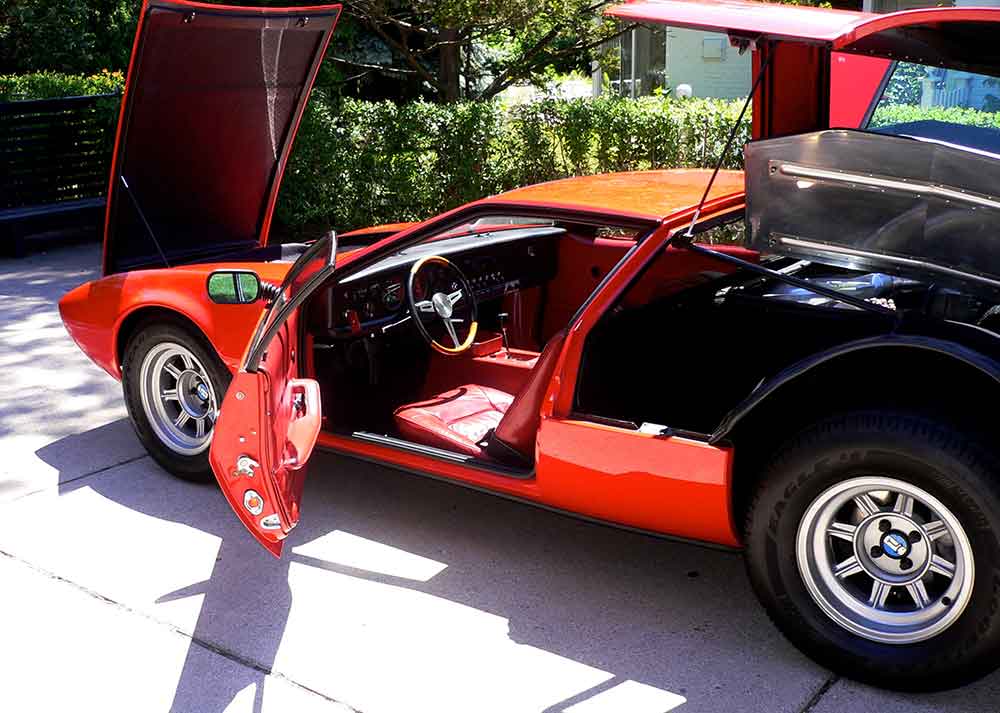
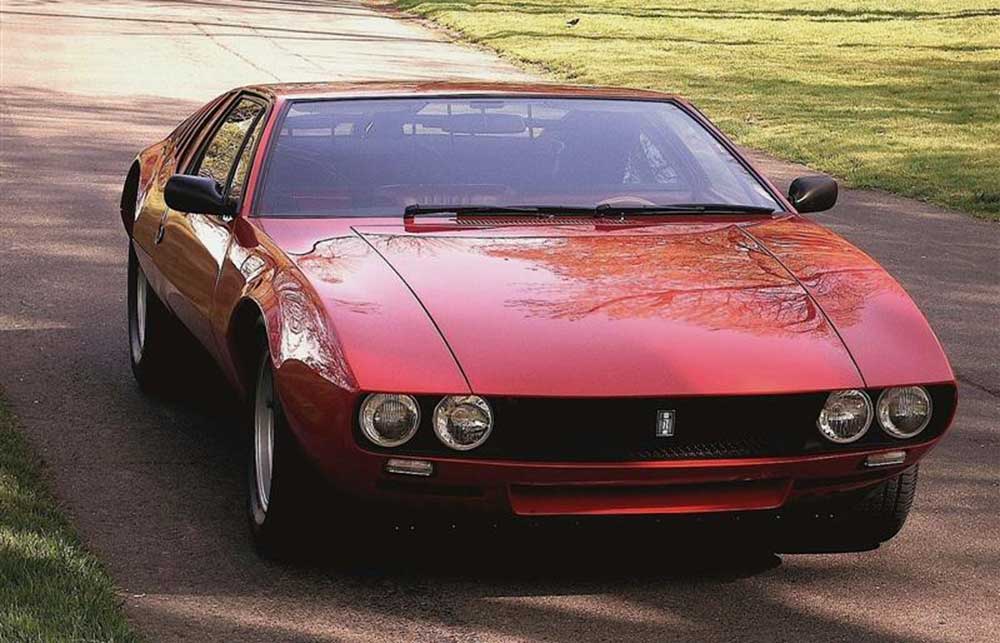
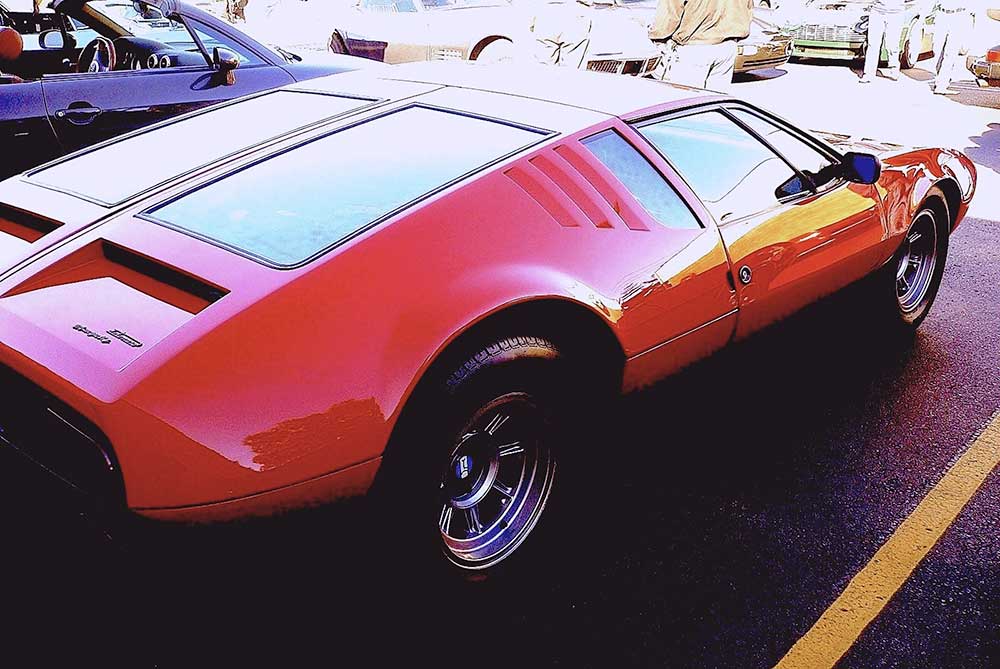
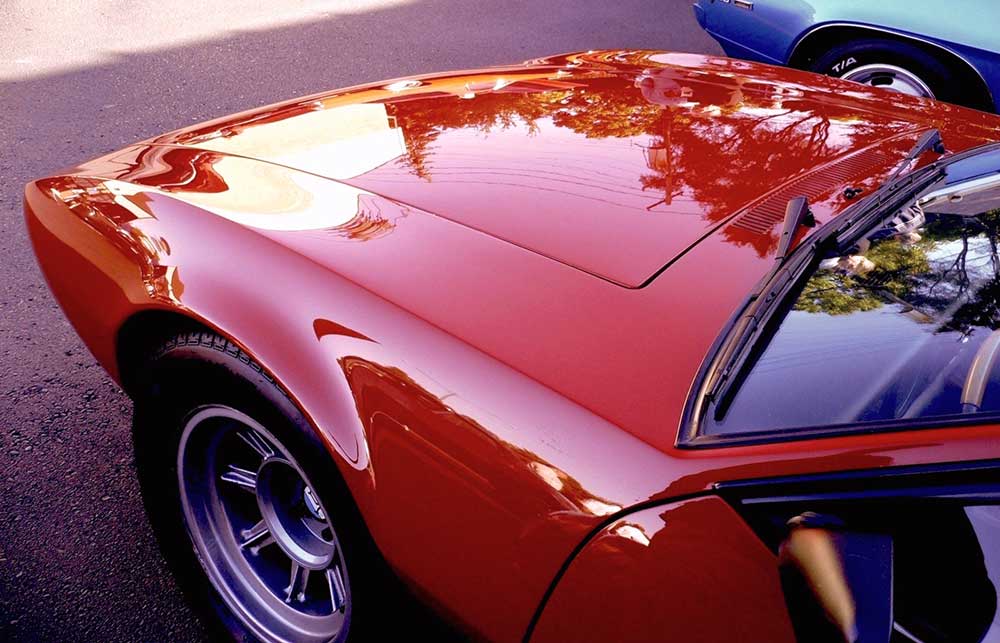
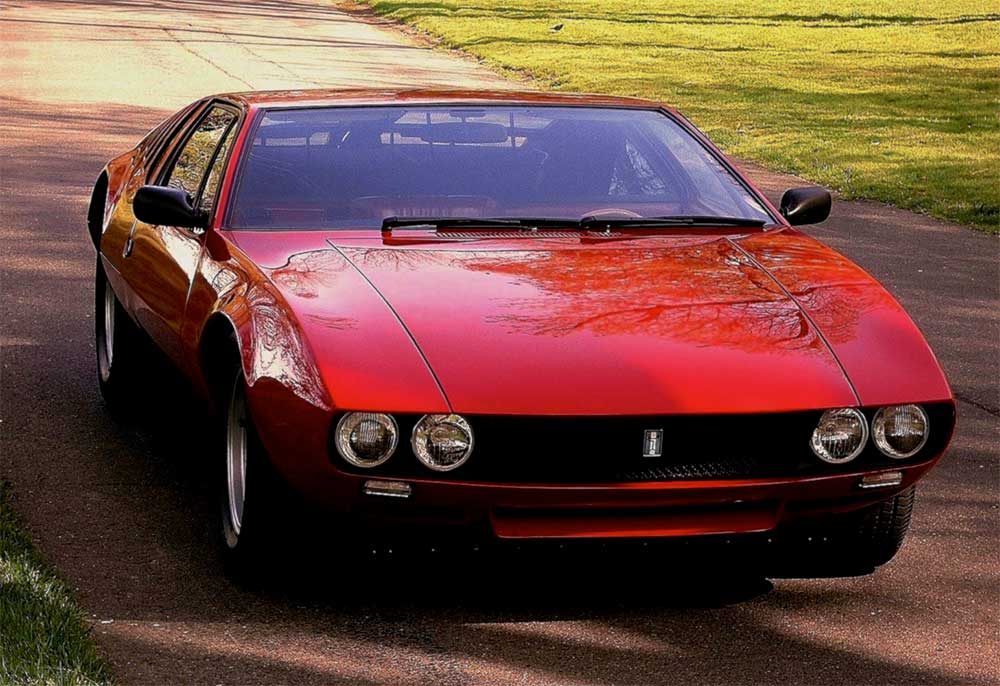
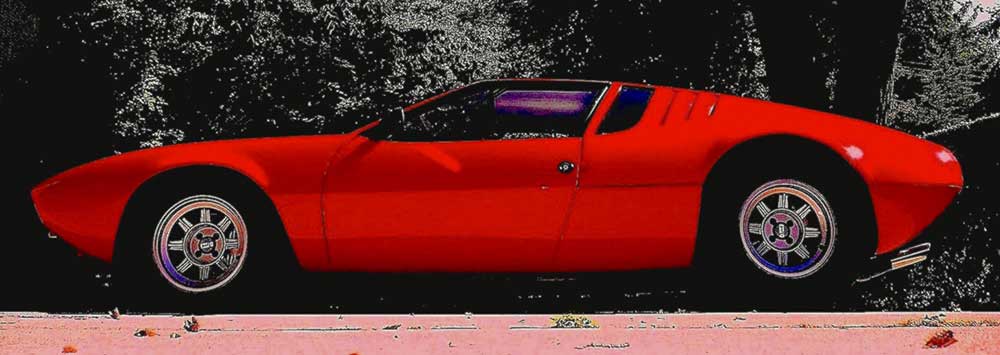
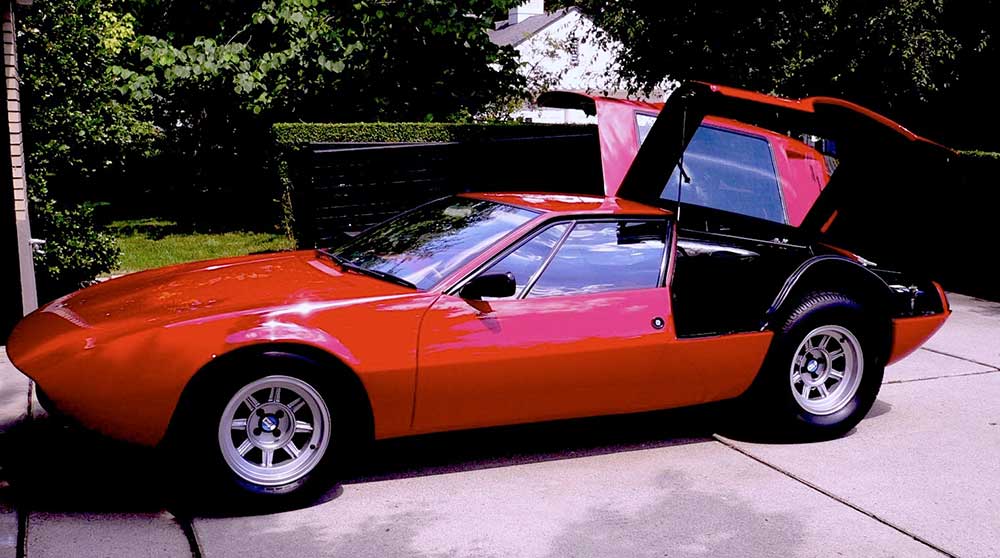
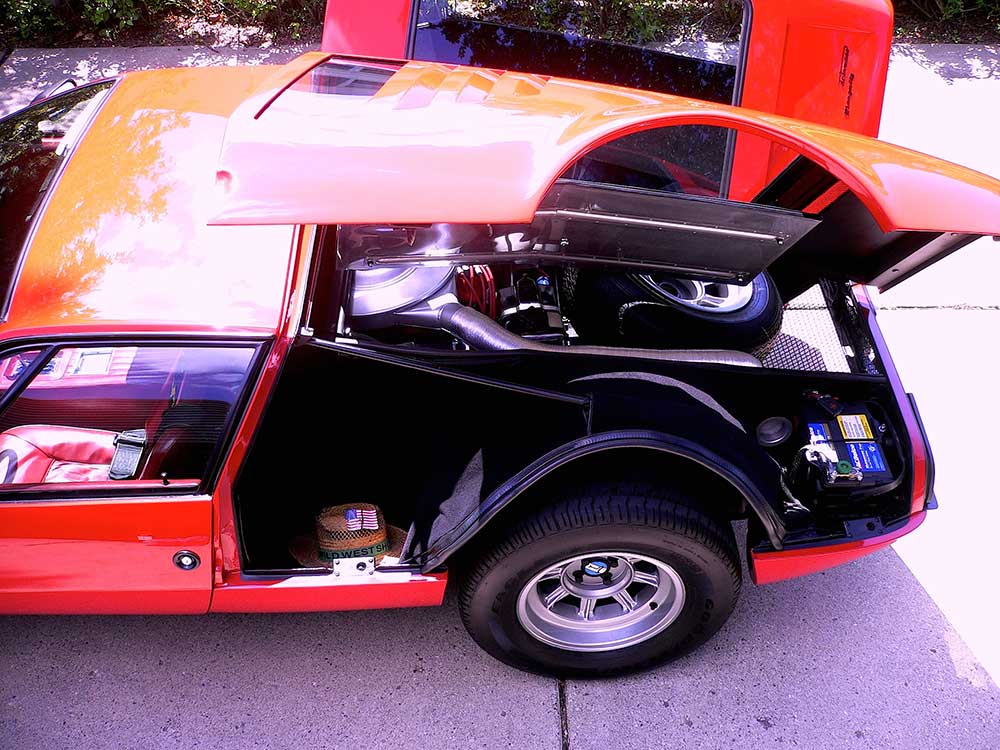
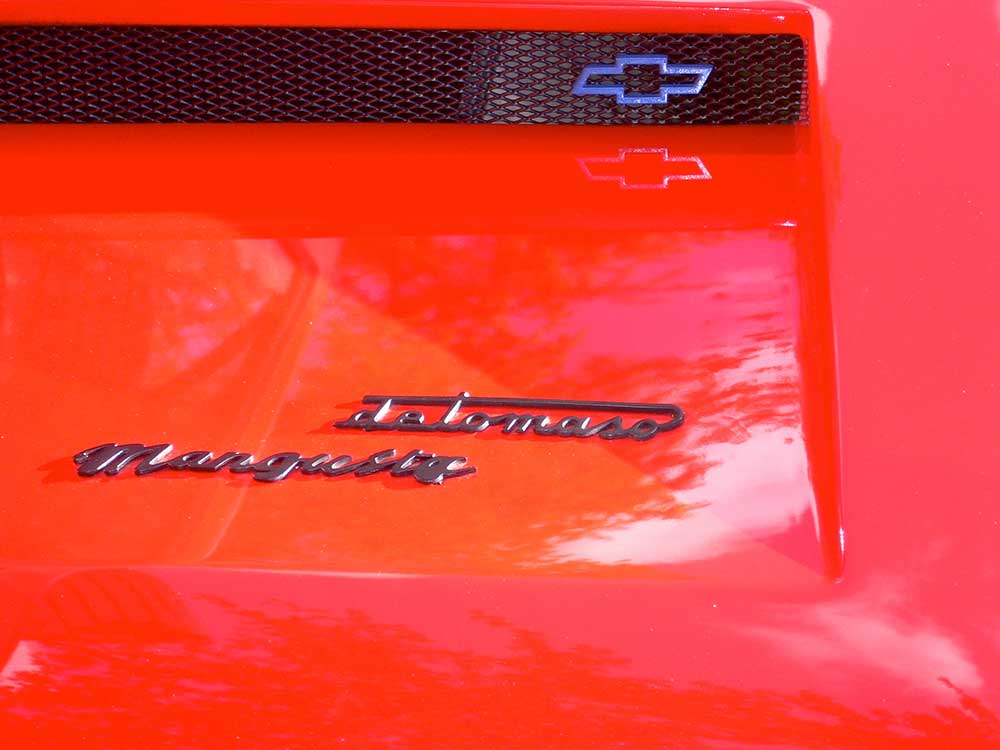
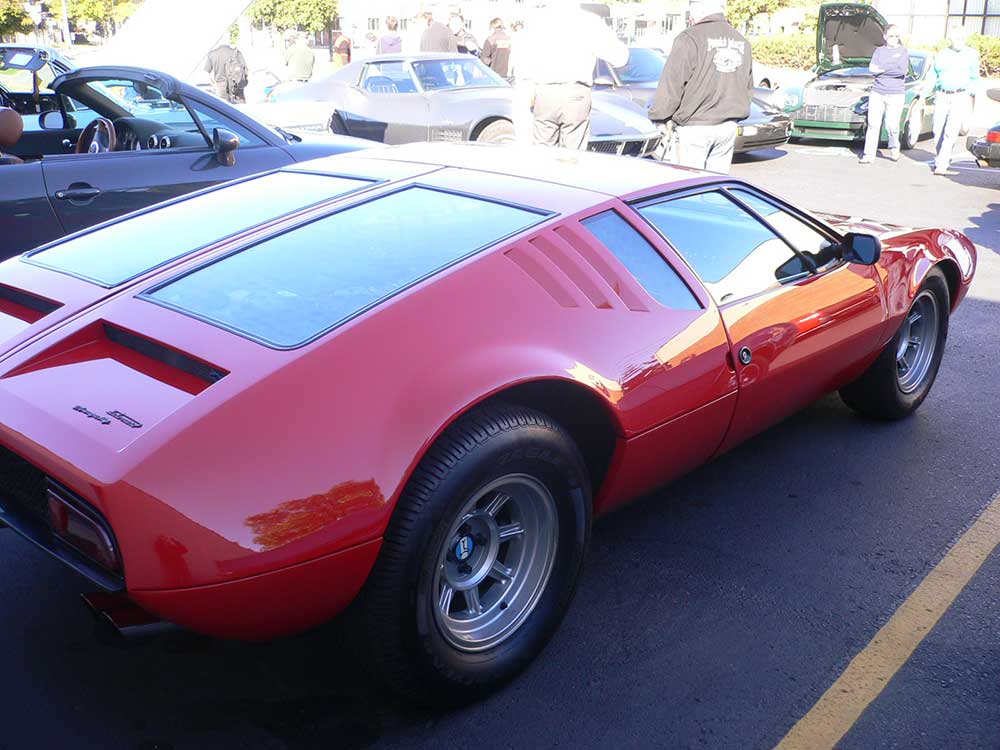
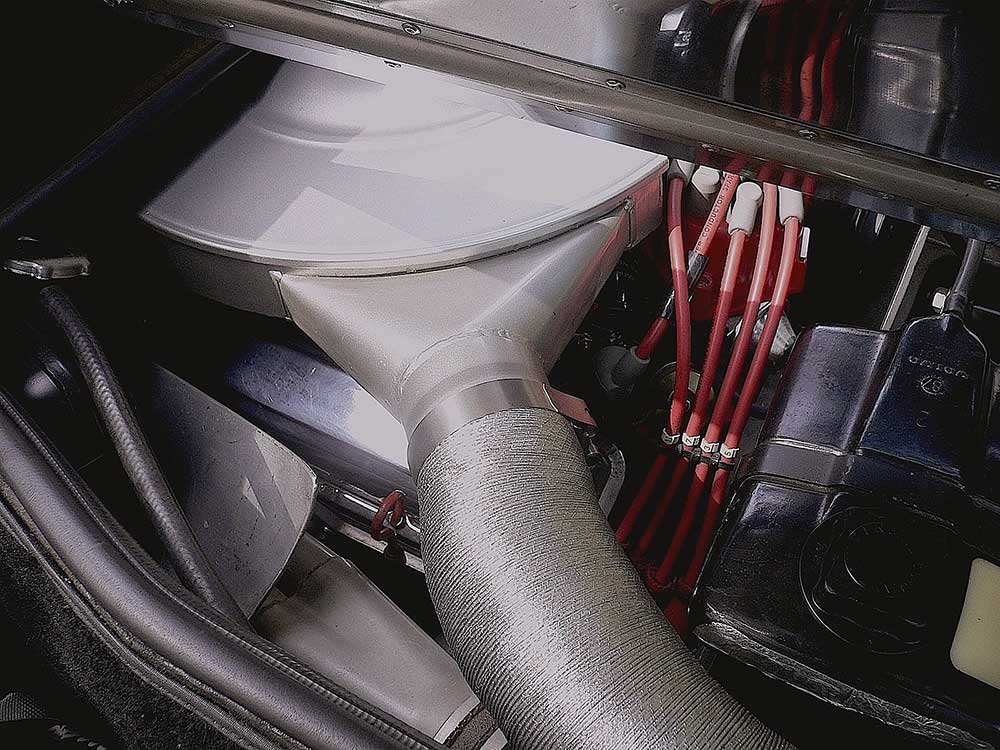
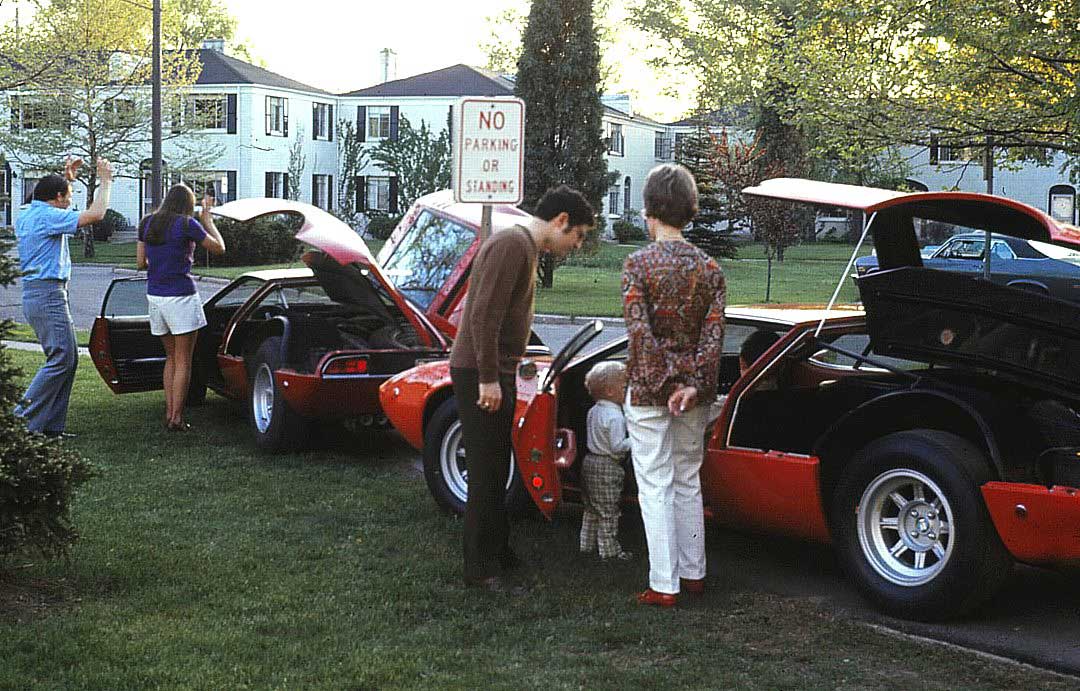
Shortly after acquiring his GM Mangusta, Dick Ruzzin graciously allowed me to drive it. As a designer myself, I was awestruck with the design and knew that I would own one someday. That day came quickly, as I saw Mangusta # 8MA-798 in a Woodward Ave sports car dealership. It was in for repair. The owner had spun it off the road and backed into a ditch that broke the transaxle. The owner felt it was the cars fault and he was willing to negotiate a low price of only $7,800. A GM engineer was able to weld the cracked transaxle case and get me back on the road. I soon learned that the Mangusta was the “Beauty and the Beast” all rolled into one. The Mangusta was like an unfinished engineering prototype.
Without corrections, the beast could bite you. The rear roll center was too high and too aggressive handling could put you in the ditch, as the previous owner could testify. The suspension nuts did not have cotter keys and could tighten themselves to the point of locking the suspension at an awkward angle. The radiator had no shrouding and would easily overheat. At the same time, the interior heater core was incorrectly connected to the engine water system and would not heat in the winter.
It may sound like I hated the car, but I loved it. One by one all these faults were cared for and eventually turned this drop dead gorgeous car into my daily driver. I did have a fender bender and tried to use my GM experience to make patterns from the good left front fender to correct the damaged right fender only to learn that each side was different, including the doors that were not damaged. That speaks to the hand made era of Italian car body building.
I allowed another GM designer, Steve Pasteiner, the chance to drive my car. The car’s design magic pulled Steve in and soon he had his own Mangusta. Another GM designer, George Anderson, succumbed to the allure of the Mangusta and he also bought one. The same was true with designers at the other Detroit auto companies with one or more Mangustas. It was a designer’s dream car realized.
The others kept their Mangustas as a life long romance. Sadly, I sold mine to chase a dream in California. It is now in France making someone else happy. My 8MA-798 can be seen in the last bottom left picture in front of Ruzzin’s car.
Thanks Dick for this great tribute to the Mangusta. It is still as exciting today as it was 40 years ago.
Certainly one of the prettiest cars ever!
I saw one up close in the late 60’s (?) when someone wanted to take some photos of it on our property.
Forever out of reach…
Thanks Gary, for putting the book on Deans Garage. It is written as a design tutorial including the definition of design terms used by car designers as well as the design history. The Italian aeshetic culture and it’s influence on Giugiaro are included as well as de Tomaso’s desire to create a race car for the “city and highway.”
DICK RUZZIN
REPLY TO RON’S DESCRIPTION OF MANGUSTA HANDLING:
The Mangusta weight bias front to rear is the same as the Lamborghini Miura.
Two flaws have been found in the Mangusta suspension. One by Werner Meier, an ex GM chassis engineer, on my car. The rear bridge is set up backwards with soft mounts on the frame and hard mounts on the transaxle that bolts to it. The rubber mounts allow the frame to flex under side loads changing the camber of the rear wheels.
This is backwards. No other mid-engine car is like this. Werner corrected that on my car and I felt the difference when I drove it five feet. The sensation of weight bias is now gone, even with a full tank of gas.
The second flaw as discovered by Johnny Woods in England is the lack of a heims joint on the outboard end of the upper rear suspension link. All the other mid-engine De Tomasos had one, but not the Mangusta. This prevents the rear wheels from turning in when turning, resulting in positive camber to come and go.
It has taken almost 50 years for these two flaws to be discovered, they are very easily fixed.
DICK RUZZIN
Magnificent! After 70 years of following sports car development, attending every race I could, enjoying many cars over a wide spectrum of performance and esthetics (from my dad’s MG-TD to my current project NC Miata MX-5), and keeping up with most of the evolution of the genre, it takes something really special to accelerate my pulse.
The Ruzzin Mangusta does it with ease. I have loved the Mangusta since reading about it in Road & Track in 1969, and late that summer was able to sit in one in the dealer showroom in San Francisco. A few years later I told my father-in-law we should buy a couple (they were about 10k then if you could find one) and put them in his barn.
For me the three closest to perfection in their day were the the 300 SL Gullwing, the SWB 250 Berlinetta, and the Mangusta.
The word ‘timeless’ is sometimes overused, but for me it applies in spades to these machines. Faults? Of course. Ask me about the Austin Healy 100-4; the ’62 Corvette; the ’67 E-Type among many others with which I’ve had love/hate relationships But if the lottery goddess smiled on me I’d buy ’em all back along with many others and cherish the memories.
Thanks—great article that truly warms this old man’s heart and reminds me of what the youngsters missed.
Bob